Water Resources Management Planning: Conceptual Framework and Case Study of the Shasta Basin
Title: Water Resources Management Planning: Conceptual Framework and Case Study of the Shasta Basin
Category: Study (non-Peer Reviewed)
File: Willis-et-al_2016_0163_WRMP_Conceptual-Framework.pdf
Updated Date: 19.01.2017
Author(s)/Source(s): Ann Willis, Andrew Nicholas, Carson Jeffres, Mike Deas
Publication Date: 2013-Sep
Focal Topic: Land Management & Irrigation, Water Allocation & Rights, Water Temperature, Water Quality, Salmon, Steelhead/Rainbow Trout
Location: Shasta River
Watershed Code: 18010209
northern California. Historically, the Shasta River was one of the most productive salmon streams in California. Cold and nutrient-rich groundwater springs provided nearly ideal aquatic habitat conditions supportive of large Chinook and coho salmon populations. However, more than a century of aquatic and riparian habitat degradation along the Shasta River and its tributaries has resulted in dramatic declines in wild salmon populations, and particularly the federally threatened coho salmon. Elevated water temperature is the primary factor limiting coho abundance in the Shasta River, and restoration of cold-water flows is the key to coho population recovery. The observed decline of coho in the Shasta River coincided with the development of surface and groundwater sources in support of irrigated agricultural activities throughout the Shasta Basin. Water development led to reductions in the quantity and quality of cold-water habitats required by rearing coho salmon. Developing a collaborative approach to water resource management is critical to both recovering coho salmon and maintaining a viable agricultural community with the Shasta Basin – without involving all stakeholders, successful solutions cannot be developed for either user group. Key to such an approach is the generation of a comprehensive water resources management plan that identifies collaborative solutions to providing water of suitable quantity and quality, at the appropriate place and time, such that the water needs of both the aquatic ecosystem and agricultural community are met.
Keyword Tags:Chinook, coho, water temperature, water quantity
